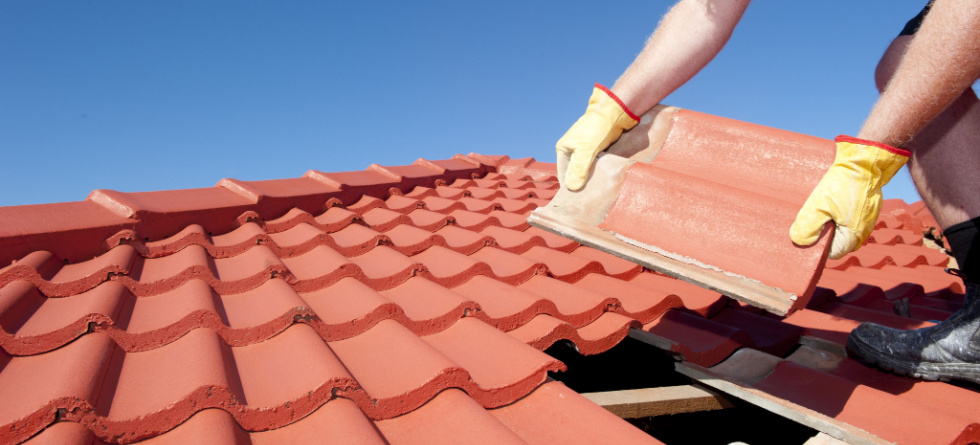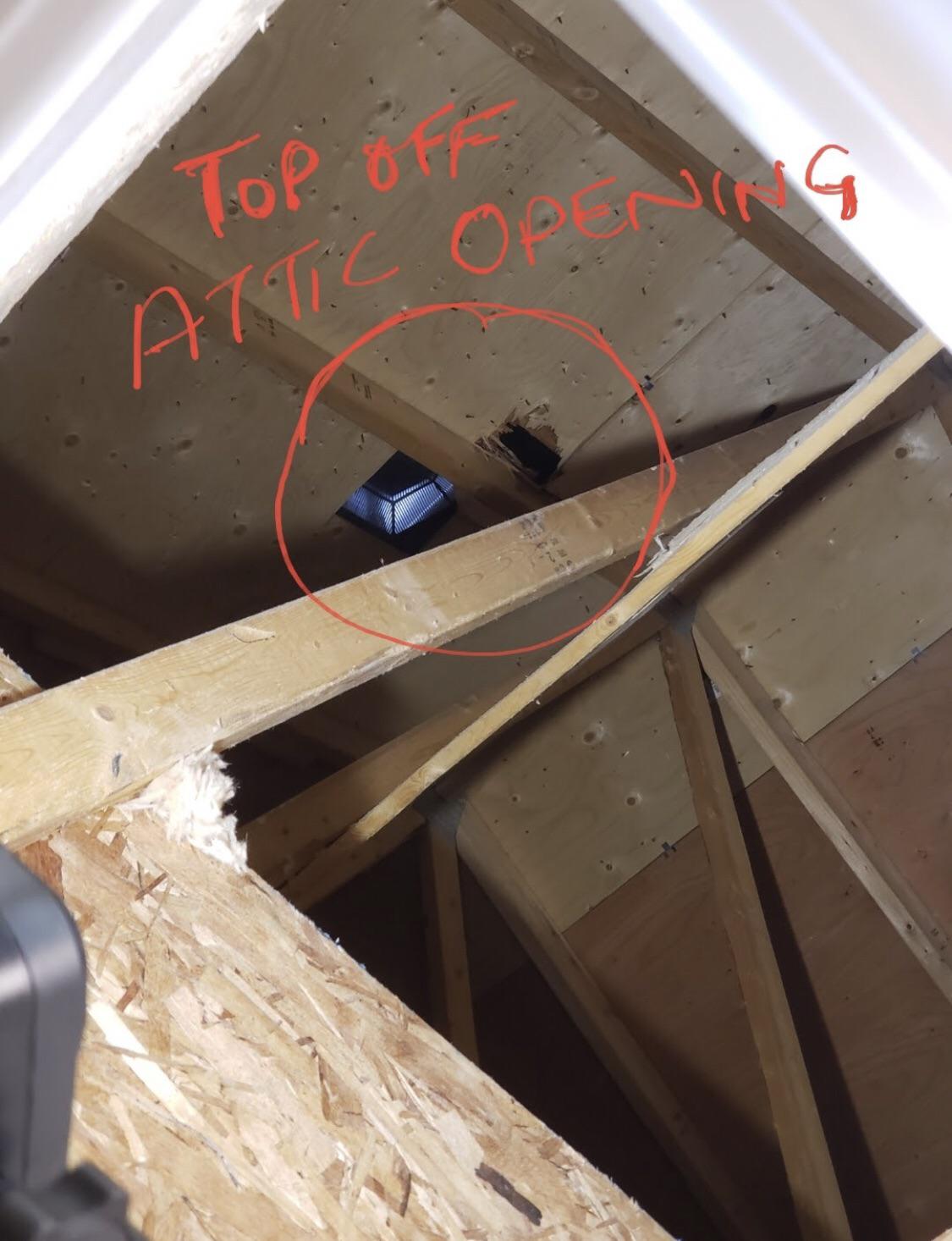So, you’re wondering if you can roof over wet plywood? Well, let’s dive right into it and find out!🧐
When it comes to roofing, the condition of your plywood is crucial. After all, it’s the foundation that supports your roof! But can you install new roofing on wet plywood? 🤔
In this article, we’ll explore whether it’s safe to roof over wet plywood, the potential risks involved, and the steps you should take to ensure a durable and long-lasting roof. Let’s get started!💡💪

Can You Roof Over Wet Plywood? Exploring the Pros and Cons
Wet plywood can pose a challenge when it comes to roofing projects. Whether you’re installing a new roof or making repairs, the moisture content of the plywood can affect the overall integrity and lifespan of your roof. In this article, we’ll delve into the topic of roofing over wet plywood, exploring the potential risks, benefits, and best practices. So, let’s dive in!
Understanding the Risks of Roofing Over Wet Plywood
Roofing over wet plywood can have serious consequences for the stability and durability of your roof. When plywood is wet, it can warp and lose its structural integrity, compromising the overall strength of the roof. This can result in uneven surfaces, which may cause shingles or other roofing materials to not lay flat, leading to potential leaks and water damage. Additionally, moisture trapped within the plywood can create an ideal environment for mold and mildew growth, further deteriorating the condition of your roof.
In addition to the structural risks, roofing over wet plywood can also affect the aesthetics of your roof. Moisture trapped within plywood can lead to discoloration and staining, potentially impacting the overall curb appeal of your home. It’s essential to thoroughly assess the moisture content of the plywood before proceeding with any roofing project to avoid these potential risks.
The Benefits of Properly Drying Plywood Before Roofing
While it’s essential to address any moisture issues before roofing, taking the time to properly dry the plywood can offer significant benefits. Drying the plywood ensures it regains its structural strength and shape, providing a solid base for your roofing materials. It allows the shingles or other roofing components to be evenly applied, minimizing the risk of leaks and water damage.
Furthermore, by properly drying the plywood, you can mitigate the risk of mold and mildew growth. Mold and mildew can pose health hazards and can also lead to further damage to the roof decking and other materials. With dry plywood as a foundation, you can create a healthier and more durable roof, extending its lifespan and minimizing the need for future repairs.
Best Practices for Addressing Wet Plywood
When faced with wet plywood during a roofing project, it’s crucial to follow industry best practices to ensure a successful outcome. Here are a few steps you can take to address the issue effectively:
1. Identify the source of moisture: Before proceeding, it’s essential to determine the cause of the moisture and fix any underlying issues. This can prevent future damage to your roof.
2. Allow the plywood to dry naturally: Depending on the extent of moisture, you may need to allow the plywood to dry naturally. This can take time, so it’s crucial to be patient and avoid rushing the process.
3. Use fans or dehumidifiers: In some cases, utilizing fans or dehumidifiers can help expedite the drying process. However, it’s important to ensure proper ventilation to prevent any mold or mildew growth.
4. Test the moisture content: Once you believe the plywood is dry, it’s essential to use a moisture meter to confirm the moisture content. This will help you determine if the plywood is ready for roofing.
By following these best practices, you can ensure that your plywood is adequately dried before proceeding with roofing, minimizing the risks and ensuring a successful and long-lasting roof.
Considering Alternatives: Roofing Underlayment
In certain situations where it is not possible to fully dry the plywood or if time constraints are a factor, you may consider using a roofing underlayment as an alternative. Roofing underlayment, such as synthetic or rubberized materials, can provide a temporary waterproof barrier between the wet plywood and the roofing materials. This can offer some protection against leaks while giving you time to address the moisture issue and replace the plywood when conditions allow.
It’s important to note that using a roofing underlayment should only be a temporary solution, as it’s still crucial to address the underlying moisture problem and ensure the plywood is properly dried and replaced in the long term.
Consulting with a Professional
When dealing with wet plywood and roofing projects, it’s always advisable to consult with a professional roofing contractor. They have the knowledge, experience, and proper tools to assess the moisture content of the plywood accurately and recommend the best course of action. Professional guidance can help ensure a secure and durable roof that will stand the test of time.
Conclusion
Roofing over wet plywood can introduce numerous risks, from structural integrity issues to mold growth. Properly drying the plywood before roofing is essential to minimize these risks and ensure a long-lasting roof. Taking the time to address the moisture issue and following industry best practices will result in a secure and durable roof that can protect your home for years to come. When in doubt, consult with a professional roofing contractor for expert guidance and peace of mind.
Key Takeaways: Can You Roof Over Wet Plywood?
- Roofing over wet plywood is not recommended as it can lead to future problems.
- Wet plywood can cause the roof to sag and weaken the structure.
- Moisture trapped under the new roof can lead to mold and rotting.
- It’s important to wait for the plywood to dry completely before installing a new roof.
- Proper ventilation and waterproofing measures should be taken to prevent any future moisture issues.
Frequently Asked Questions
When it comes to roofing over wet plywood, there are several factors to consider. Below are answers to common questions about this topic.
1. What are the dangers of roofing over wet plywood?
Roofing over wet plywood can lead to several problems. Firstly, moisture trapped between the layers can cause the plywood to rot over time, compromising the structural integrity of your roof. Additionally, damp conditions can promote the growth of mold and mildew, which can be harmful to your health and create an unpleasant indoor environment. Moreover, wet plywood may not provide a stable surface for the roofing materials, potentially leading to sagging or leaks in the future.
If you suspect that your plywood is wet, it’s essential to address the issue before proceeding with roof installation. By identifying and resolving any moisture problems, you can protect your investment and ensure the longevity of your roof.
2. How can I determine if my plywood is wet?
It’s crucial to check the moisture content of your plywood before installing a roof. One way to do this is by using a moisture meter, a device specifically designed to measure the moisture levels in wood. By inserting the meter’s probes into the plywood, you can get an accurate reading of its moisture content.
In addition to using a moisture meter, you can also look for physical signs of moisture, such as visible water stains, discoloration, or a musty odor. If you notice any of these signs, it’s a clear indication that your plywood is wet and needs to dry out before installing a new roof.
3. Can I roof over slightly damp plywood?
While it’s best to roof over completely dry plywood, slight dampness may be acceptable in some cases. However, it’s essential to properly address the moisture issue and ensure that the plywood is not excessively wet. It’s recommended to allow the plywood to dry naturally before proceeding with the installation. To speed up the drying process, you can use fans or dehumidifiers in the affected area.
Remember, it’s crucial to consult with a roofing professional before making a decision. They can assess the condition of your plywood and provide guidance on whether it’s suitable for roofing over or if it needs to be replaced.
4. How long does it typically take for plywood to dry?
The drying time for plywood can vary depending on several factors, including the extent of moisture, temperature, and air circulation. On average, it can take anywhere from a few days to a few weeks for plywood to fully dry out. However, it’s important not to rush the process. Rushing it can lead to long-term issues, such as mold growth or warping of the wood.
If time permits, it’s best to allow the plywood to air dry naturally. If necessary, you can use fans or dehumidifiers to expedite the drying process. It’s crucial to ensure that the plywood is completely dry before proceeding with roof installation to avoid any potential problems in the future.
5. Should I hire a professional if I need to roof over wet plywood?
When it comes to roofing over wet plywood, it’s highly recommended to seek professional help. Roofing professionals have the expertise and experience to properly assess the condition of the plywood and determine the best course of action. They can identify any underlying moisture issues, implement the necessary drying methods, and ensure that the roofing materials are installed correctly.
Attempting to roof over wet plywood without professional guidance can lead to costly mistakes and potential damage to your property. By hiring a reputable roofing contractor, you can have peace of mind knowing that the job will be done safely and effectively.

Summary
Roofing over wet plywood is not recommended because it can cause major problems. Wet plywood can lead to mold, decay, and a weak roof structure. It’s best to wait for the plywood to dry completely before installing the new roof.
Additionally, it’s important to properly ventilate the attic to prevent moisture buildup. Regular inspections and maintenance are crucial to ensure a durable and long-lasting roof.
